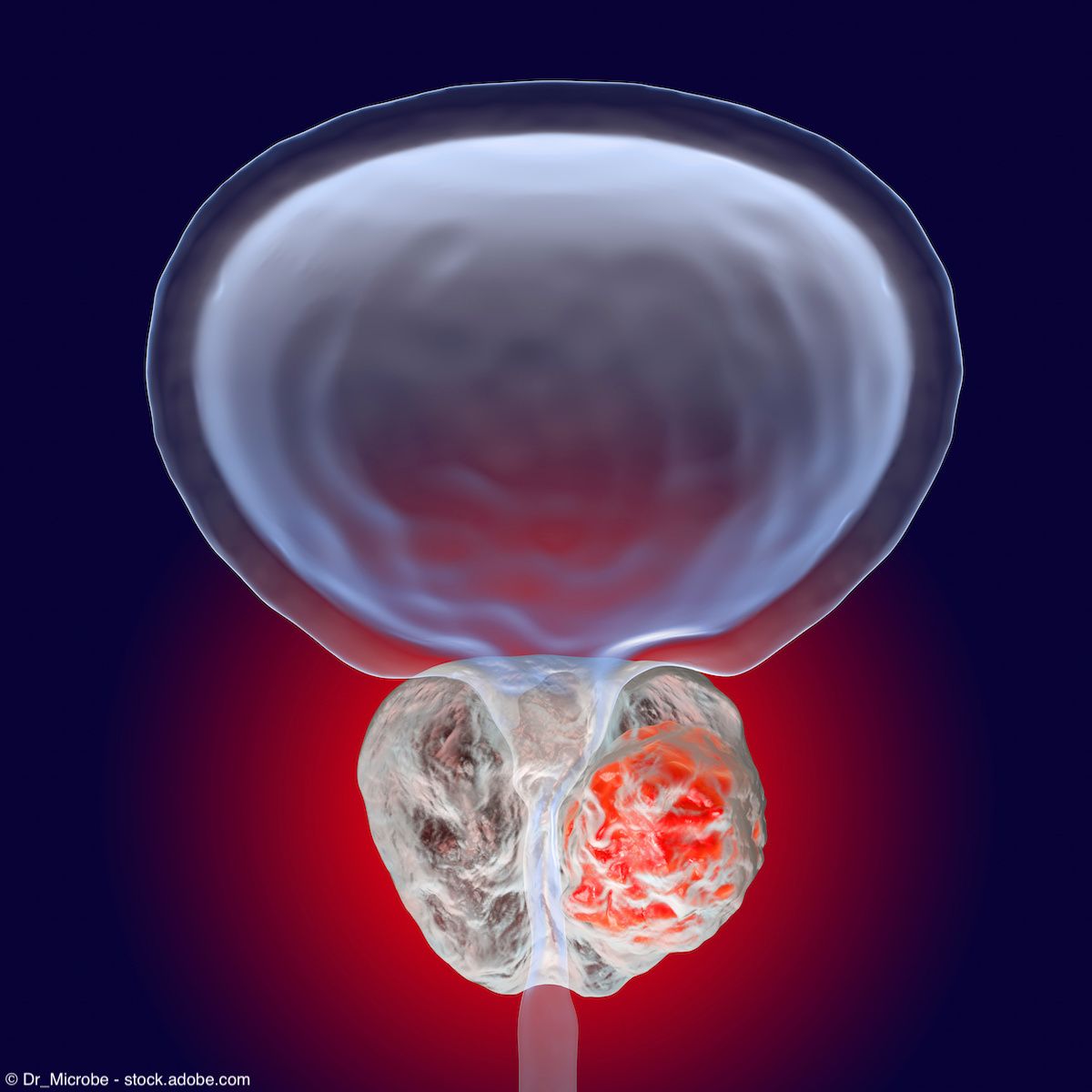News
Article
European market for piflufolastat F 18 continues to expand
Author(s):
The first commercial doses of the diagnostic have now been administered in both Austria and France.
The European roll-out of piflufolastat (18F) (Pylclari; (18F)-DCFPyL) continues to progress with the first commercial doses of the diagnostic administered in both Austria and France for the detection of prostate-specific membrane antigen (PSMA)-positive lesions with PET in patients with prostate cancer, according to separate news releases from Curium, the developer of the agent.1,2
Piflufolastat (18F) was approved in the US in May 2021.

In Austria, the first doses of the tracer were administered in KABEG Klinikum Klagenfurt and a hospital in Linz. Production of piflufolastat (18F) will continue in Austria by Curium under its Linz premises. In France, the diagnostic is being produced at Curium facilities in Bordeaux, Lyon, Nancy, Marseille, Paris, and Tours.
Piflufolastat (18F) is an 18F-PSMA PET tracer indicated for use in the primary staging of patients with high-risk prostate cancer prior to initial curative therapy as well as to localize recurrence of prostate cancer in patients with suspected recurrence based on an increasing serum PSA level following primary treatment with curative intent.
“Pyclari is currently available in 6 European countries—with more countries planned for first doses in 2024. We are extremely proud to be improving the choice of diagnostic radiopharmaceuticals available to physicians to better diagnose prostate cancer,” said Benoit Woessmer, PET Europe CEO at Curium, in a news release on the Austria roll-out.1
These commercial expansions come after a July 2023 decision by the European Commission to grant marketing authorization to piflufolastat (18F) in the European Union.3 Since then, the first commercial doses of piflufolastat (18F) have been offered in Greece in November 2023, Italy in February 2024, the Netherlands in March 2024, Germany in May 2024, and now Austria and France.
The imaging agent also received FDA approval in the United States in May 2021.4
Data on piflufolastat (18F)
Piflufolastat (18F) (Pylarify) was approved in the United States in May 2021 based on data from the phase 3 OSPREY (NCT02981368) and CONDOR (NCT03739684) trials, which demonstrated the safety and efficacy of the agent in different clinical settings.
Both trials enrolled patients with prostate cancer who were given a single dose of piflufolastat (18F) for the study.
In total, the OSPREY trial5 enrolled 385 patients who were divided into 2 cohorts: cohort A, consisting of 252 evaluable patients with high-risk prostate cancer undergoing radical prostatectomy with lymphadenectomy, and cohort B, consisting of 93 evaluable patients with suspected recurrent/metastatic prostate cancer on conventional imaging.
Data from the trial showed high specificity and positive predictive value (PPV) with piflufolastat (18F) prior to initial therapy. In cohort A, the median specificity with piflufolastat (18F) was 97.9% among 3 readers, and the median sensitivity was 40.3%. The median PPV and the median negative predicative value with the diagnostic was 86.7% and 83.2%, respectively.
In cohort B of the study, the median sensitivity of the agent was 95.8%, and the PPV for extraprostatic lesions was 81.9%.
The agent was also studied in the phase 3 CONDOR study,6 which enrolled 208 men with prostate cancer with non-informative baseline imaging and a median baseline PSA of 0.8 ng/mL. The primary end point was correct localization rate (CLR), defined as PPV with anatomic lesion colocalization between piflufolastat (18F) and a composite standard of truth.
Data from the trial showed high rates of CLR and detection with piflufolastat (18F) in patients with biochemical recurrent prostate cancer, including in those with low PSA values. Overall, the CLR was found to be 84.8% to 87.0%. The disease detection rate, defined as 1 lesion detected per patient by piflufolastat (18F) by central readers, was 59% to 66%. Among all patients, 63.9% had a change in intended management following piflufolastat (18F).
Adverse events from both trials were observed among 2% or less of patients, which included headache, dysgeusia, and fatigue. One patient with a history of allergic reactions also reported experiencing a delayed hypersensitivity reaction to the treatment.
References
1. Curium continues to make strong progress in European roll-out Of PYLCLARI – 18F-PSMA PET diagnostics of patients with prostate cancer. News release. Curium. Published online and accessed June 17, 2024. https://www.curiumpharma.com/2024/06/17/european-progress-pylclari-progress/
2. Curium announces first commercial doses in France of Pylclari – an innovative 18F-Psma Pet tracer indicated in patients with prostate cancer. News release. Curium May 30, 2024. Accessed June 17, 2024. https://www.curiumpharma.com/2024/05/30/pylclari-france-prostate-cancer/
3. Curium receives marketing authorization in the EU for Pylclari™, an innovative 18F-PSMA PET tracer indicated in adults with prostate cancer. News release. Curium. July 28, 2023. Accessed June 17, 2024. https://www.curiumpharma.com/2023/07/28/pylclari-receives-ec-ma/
4. Lantheus received US FDA approval of PYLARIFY (piflufolastat F 18) injection, the first and only commercially available PSMA PET imaging agent for prostate cancer. News release. Lantheus Holdings, Inc. May 27, 2021. Accessed June 17, 2024. https://investor.lantheus.com/news-releases/news-release-details/lantheus-receives-us-fda-approval-pylarifyr-piflufolastat-f-18
5. Pienta KJ, Gorin MA, Rowe SP, et al. A phase 2/3 prospective multicenter study of the diagnostic accuracy of prostate specific membrane antigen PET/CT with 18F-DCFPyL in prostate cancer patients (OSPREY). J Urol. 2021;206(1):52-61. doi:10.1097/JU.0000000000001698
6. Morris MJ, Rowe SP, Gorin MA, et al. Diagnostic performance of 18F-DCFPyL-PET/CT in men with biochemically recurrent prostate cancer: Results from the CONDOR phase III, multicenter study. Clin Cancer Res. 2021;27(13):3674-3682. doi:10.1158/1078-0432.CCR-20-4573
Newsletter
Stay current with the latest urology news and practice-changing insights — sign up now for the essential updates every urologist needs.
















